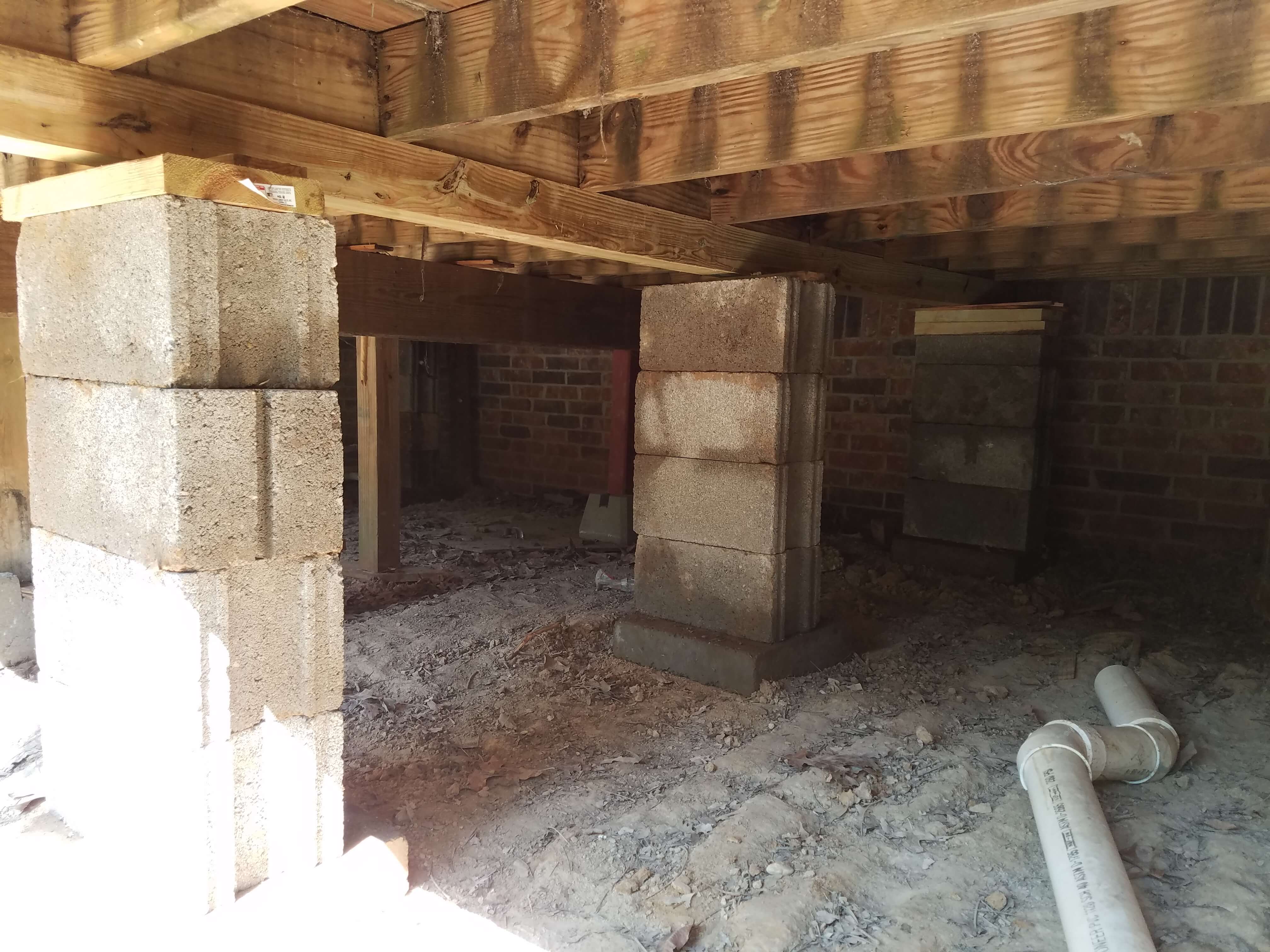Table Of Content

Fox Blocks ICF foundations have an R-value of 23, ensuring warm, comfortable living and storage spaces that save on energy and money compared to other foundations. A foundation requires settled and undisturbed soil to prevent shifts resulting in a breakdown of the house. To ensure that your foundation will perform adequately, conduct a soil test to determine the kind of soil at the site, its moisture content, and its compaction quality. The primary function of a foundation is to evenly distribute the entire weight of a building or home across a broader surface area. Foundations also prevent uneven settling and provide structural stability.
Crawl Space Foundation
Overall it is an easier system to build and less expensive than the more common perimeter concrete foundation. It is appropriate only for houses in areas with a low likelihood of seismic activity or very strong winds since the posts sit closer to the surface of the ground. Houses in warm climates may have a monolithic slab, where footing, foundation, and slab are a single, integral unit.
SustainaWeekly - Reported foundation damage results in significant lower sales price - ABN AMRO.com
SustainaWeekly - Reported foundation damage results in significant lower sales price.
Posted: Sun, 22 Jan 2023 08:00:00 GMT [source]
What Are Common Types of Basement Waterproofing?
How To Build In Enshrouded - TheGamer
How To Build In Enshrouded.
Posted: Wed, 24 Jan 2024 08:00:00 GMT [source]
Unlike other types of foundations, basement foundations can be turned into living spaces or for storage. A crawl space is a type of foundation with short walls (typically masonry) along the perimeter and footings underneath the center of the home. This creates a space below your abode with a dirt floor and just a few feet of clearance between the bottom of the house and the ground. If your home has already been built, keep your foundation type in mind when you plan out your routine home maintenance tasks.
Buried Post Footing
CMU foundations often use large (8- or 10-inch wide and 16-inch long) hollow concrete blocks, however sizes can vary depending on the home's weight load. To optimize stability and strength, professionals install the blocks in an overlapping pattern, inserting steel rods vertically and horizontally into the blocks' openings. The blocks rest on concrete footings that are held together with mortar. However, a CMU wall requires an air and moisture barrier, adding another trade to the foundation product. Water can wear down the mortar holding the CMUs together, diminishing CMU foundations' integrity, resulting in expensive repairs.
Top Foundation Repair Pros in Major Cities

Dig trenches or holes at each marked footing location using a shovel or excavator. Footings usually extend below the frost line, but the required depth and width may vary depending on soil conditions. A solid foundation provides support for the rest of your building project.
FAQs About Basement Waterproofing
Here’s an overview of typical foundation project costs based on foundation type. When it comes to foundation materials, poured concrete is the most common, but home builders may also choose to use insulated concrete forms (ICF) to create the foundation. An ICF foundation is made up of insulated forms that contain poured concrete.
But for people who live in floodplains, a stable foundation is the top priority when building. Elevated slab foundations are one innovative solution to flood issues. Pricing varies widely based on the materials, time required, and the foundation type. A crawlspace foundation would be mid-range, though you might find pre-made concrete slab solutions that are around the same cost. Since about 1960, pressure-treated lumber has been a common foundation material. Wood foundations are cheap, easy to assemble, and can resist moisture and insects.
ICF foundations are quickly becoming a popular option due to the high energy-efficiency ratings this type of material offers. Additionally, ICF foundations are well-equipped to resist moisture and pest infestations while boasting a durability level that matches poured concrete. The increased natural light and airflow also help to reduce the risk of mold growth, but the exposed foundation may be vulnerable to leaks or flooding.
How often should basement waterproofing be done?
Without sufficient clearance, inspections are harder to perform, and foundation repair experts have to work in tighter work conditions, which could increase their prices. Insufficient access also decreases necessary air circulation, creating a dense and moisture-filled environment. Footings built before the 1940s were not poured as deep as modern foundations (12″ below grade). Because of shallow footings, foundations are more susceptible to movement from expansive soil. During the wet and cold seasons, the soil near your footings can swell, shifting your foundation. Then, during the hot and dry seasons, the soil shrinks, letting your foundation shift back into place.
Without a foundation, a home might start sinking into the ground or be damaged by accumulated rainwater, sleet, ice, insects, rodents, or other pests. Interior sealing solutions are applied on the inside of a basement’s exterior walls. These options are typically less costly and disruptive than exterior solutions, but they may be less effective on very damp ground. Mold removal costs $1,500–$4,000 and must be done by a specialized professional. Mold can be extremely hazardous to your health, and a remediation contractor will know how to properly clean or remove tainted materials without spreading the spores throughout your house.
These types of house foundations use a mixture of stones and a mixture of cement to form a solid barrier. They can crack and chip, so most builders shy away from such materials in modern homes. A crawl space may have a concrete floor or be left with a bare earth floor.

No comments:
Post a Comment